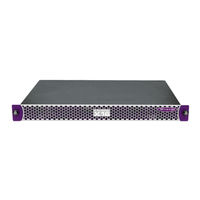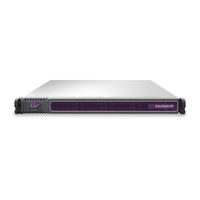Miranda Kaleido-X16 Manuals
Manuals and User Guides for Miranda Kaleido-X16. We have 5 Miranda Kaleido-X16 manuals available for free PDF download: User Manual, Hardware Description And Installation Manual, Hardware Description & Installation Manual, Quick Start Manual
Miranda Kaleido-X16 User Manual (462 pages)
Brand: Miranda
|
Category: Portable Multimedia Player
|
Size: 24 MB
Table of Contents
Advertisement
Miranda Kaleido-X16 Hardware Description And Installation Manual (82 pages)
1RU, multi-image display processor
Brand: Miranda
|
Category: Computer Hardware
|
Size: 3 MB
Table of Contents
Miranda Kaleido-X16 Hardware Description & Installation Manual (45 pages)
Brand: Miranda
|
Category: DVD Player
|
Size: 0 MB
Table of Contents
Advertisement
Miranda Kaleido-X16 User Manual (37 pages)
Kaleido series Multi-Image Display Processor Remote Control Protocol (Gateway)
Brand: Miranda
|
Category: Media Converter
|
Size: 0 MB
Table of Contents
Miranda Kaleido-X16 Quick Start Manual (33 pages)
Brand: Miranda
|
Category: Portable Multimedia Player
|
Size: 2 MB




